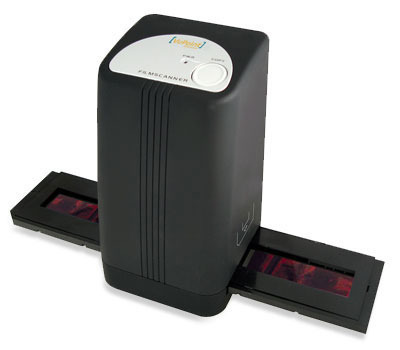What Are 35mm Slide Scanners?
A 35mm slide scanner is a device that reads camera slides and negatives and converts them into digital images. Most 35mm slide scanners have a built-in printer that allows the user to print high quality photographs in the comfort of his/her own home. 35mm slide scanners are a more efficient, convenient, and cost-effective method of printing high quality photographs. While 35mm slide scanners require the user to purchase ink and photographic paper, they reduce the cost of printing by eliminating the need to pay someone else to do the same job that the user can do at home without having to travel and wait in line.
How 35mm Slide Scanners Work
35mm slide scanners depend on an element known as a TMA (Transparent Materials Adapter). A slide scanner’s TMA allows the device to detect the presence of negative photographs and convert the content into digital information. The digital file that it produces can then be stored on a computer or the slide scanner itself or an external printer can print it. The file can also be modified through photo editing software such as Photoshop, Paint, or Gimp and can be uploaded to websites such as Facebook, MySpace, and Flickr.
Applications
35mm slide scanners print photo slides and negatives without the user having to hire someone else to do the job. Photography centers use this same technology to print digital pictures and simply charge a labor fee as well as an additional fee to pay for supplies. By purchasing a 35mm slide scanner, users are able to print images taken from both digital cameras as well as manual cameras and produce high quality results in a matter of seconds.
Advantages
35mm slide scanners have several important advantages. They are relatively compact and do not use a significant amount of electricity or other resources to operate. Slide scanners are also no more difficult to use than a regular printer and can usually print both regular images and text as well as high quality photographs.
Disadvantages
35mm slide scanners require the user to purchase both ink and photographic paper as well as supply an electrical source. While photographic paper and electricity are not much of a concern in terms of printing, ink can be rather expensive. In fact, many users find it cheaper to purchase a whole new printer than to refill their printer with ink. Additionally, slide scanners require slides to be carefully laid out in order to print ideal images.


Comments - No Responses to “What Are 35mm Slide Scanners?”
Sorry but comments are closed at this time.